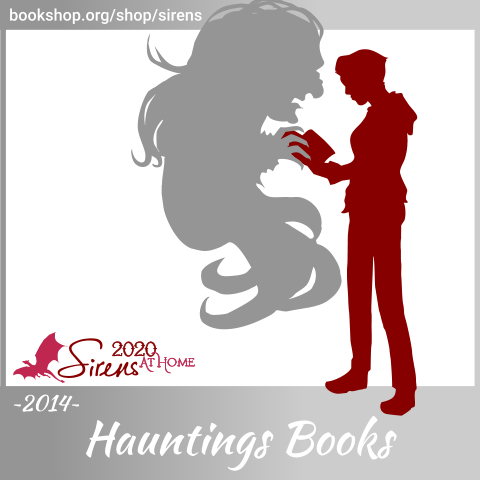
In 2014, Sirens examined hauntings and what it means to be haunted, with Guests of Honor Kendare Blake, Rosemary Clement-Moore, and Andrea Hairston (and in our 2018 reunion year, Guest of Honor Violet Kupersmith represented hauntings). We interrogated the history of hauntings books—and the vital impact that women played in the popularization of the ghost story and the importance of hauntings stories, originally sold as pulp fiction, to gender studies.
In 2014, we suggested a number of books that portrayed hauntings. For Sirens at Home, though, we want to feature 10 books that we think have something to say about what it means to be haunted, especially as a woman or nonbinary person. Here are those books, as well as their opening words—and we’ve included links to those works at Bookshop in the titles. Bookshop supports both Sirens and independent bookstores, so if you’re looking to purchase any of these titles, they’re a great option!
1. A Dash of Trouble by Anna Meriano |
||
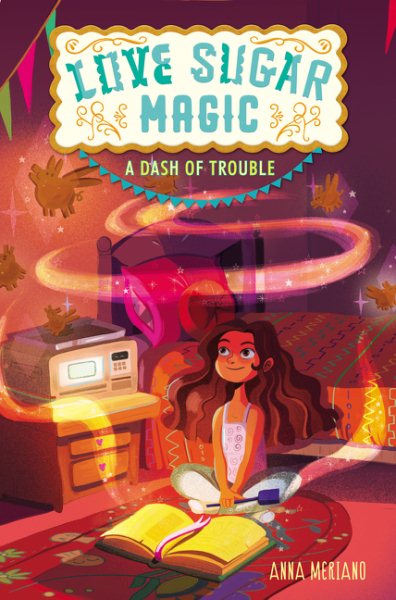 |
“Leo sprinted to the hallway bathroom, slammed the door, and locked herself in, just in time. An angry knock followed, ‘Hey, hurry up in there!’ Leo let out a cackle to match her Halloween witch costume. Marisol, Leo’s sixteen-year-old sister, banged on the door. She could huff all she wanted; Leo had no plans of letting her in.” | |
2. Anna Dressed in Blood by Kendare Blake |
||
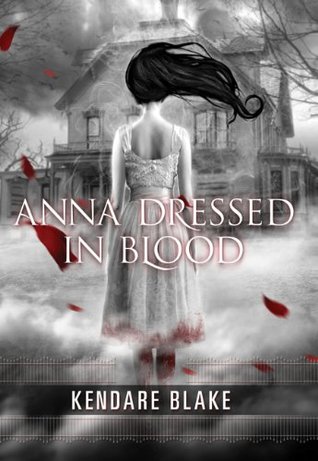 |
“The grease-slicked hair is a dead giveaway—no pun intended. So is the loose and faded leather coat, though not as much that as the sideburns. And the way he keeps nodding and flicking his Zippo open and closed in rhythm with his head. He belongs in a chorus line of dancing Jets and Sharks. Then again, I have an eye for these things. I know what to look for, because I’ve seen just about every variety of spook and specter you can imagine.” | |
3. Cemetery Boys by Aiden Thomas |
||
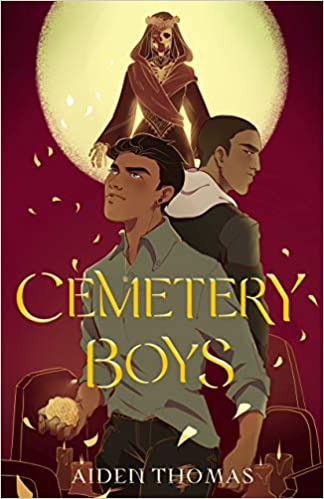 |
“Yadriel wasn’t technically trespassing because he’d lived in the cemetery his whole life. But breaking into the church was definitely crossing the moral-ambiguity line. Still, if he was going to finally prove he was a brujo, he had to perform the rite in front of Lady Death.” | |
4. Elatsoe by Darcie Little Badger, illustrations by Rovina Cai |
||
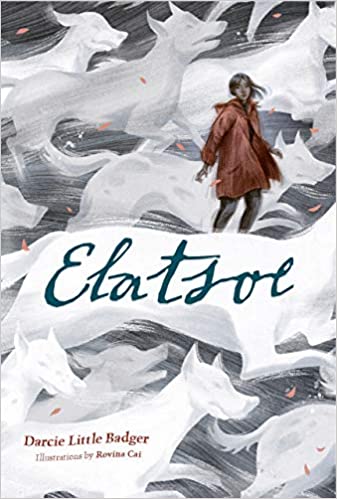 |
“Ellie bought the life-sized plastic skull at a garage sale (the goth neighbors were moving to Salem, and they could not fit an entire Halloween warehouse into their black van). After bringing the purchase home, she dug through her box of craft supplies and glued a pair of googly eyes in its shallow eye sockets. ‘I got you a new friend, Kirby!’ Ellie said. ‘Here, boy! C’mon!’ Kirby already fetched tennis balls and puppy toys. Sure, anything looked astonishing when it zipped across the room in the mouth of an invisible dog, but a floating googly skull would be extra special.” | |
5. Mexican Gothic by Silvia Moreno-Garcia |
||
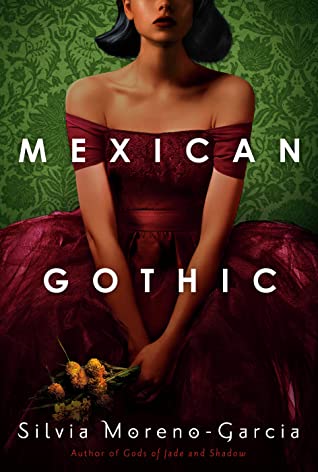 |
“The parties at the Tuñóns’ house always ended unquestionably late, and since the hosts enjoyed costume parties in particular, it was not unusual to see Chinas Poblanas with their folkloric skirts and ribbons in their hair arrive in the company of a harlequin or a cowboy. Their chauffeurs, rather than waiting outside the Tuñóns’ house in vain, had systematized the nights. They would head off to eat tacos at a street stand or even visit a maid who worked in one of the nearby homes, a courtship as delicate as a Victorian melodrama. Some of the chauffeurs would cluster together, sharing cigarettes and stories. A couple took naps. After all, they knew full well that no one was going to abandon that party until after one a.m.” | |
6. Redwood and Wildfire by Andrea Hairston |
||
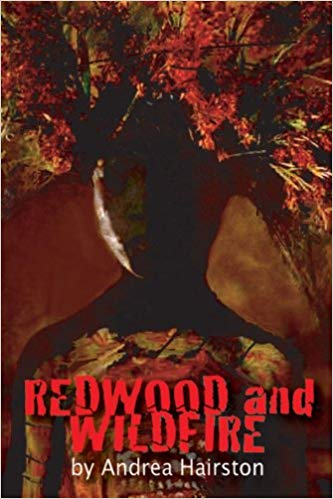 |
“‘I can’t keep running.’ Christmas moonbeams snuck through a break in the live oak trees, and Redwood Phipps planted her eleven-year-old self in the cold silvery light. Long legs and all, she was bone tired. Big brother George, her teary cousins, and wild-eyed grownups were leapfrogging through grandmother oaks, much wider than they were tall and so tangled up in one another, could have been a square mile of one tree. A maze of moss-covered boughs going every which way at once tripped up any fool aiming for speed. Redwood pressed her feet into the muck and felt fat ole roots holding down the ground.” | |
7. Sing, Unburied, Sing by Jesmyn Ward |
||
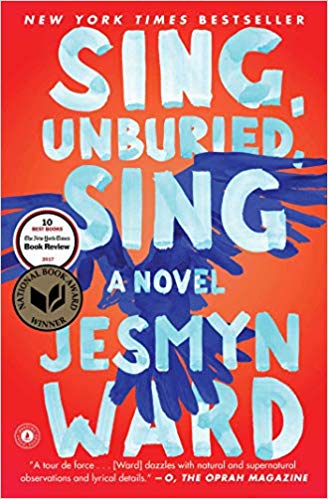 |
“I like to think I know what death is. I like to think that it’s something I could look at straight. When Pop tell me he need my help and I see that black knife slid into the belt of his pants, I follow Pop out the house, try to keep my back straight, my shoulders even as a hanger; that’s how Pop walks. I try to look like this is normal and boring so Pop will think I’ve earned these thirteen years, so Pop will know I’m ready to pull what needs to be pulled, separate innards from muscle, organs from cavities. I want Pop to know I can get bloody. Today’s my birthday.” | |
8. Sparrow Hill Road by Seanan McGuire |
||
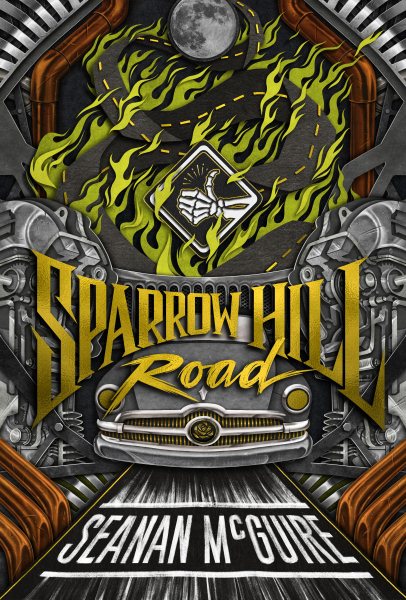 |
“There’s this vocabulary word—‘linear.’ It means things that happen in a straight line, like highways and essays about what you did on your summer vacation. It means A comes before B, and B comes before C, all the way to the end of the alphabet, end of the road…end of the line. That’s linear. The living are real fond of linear. The dead…not so much.” | |
9. Texas Gothic by Rosemary Clement |
||
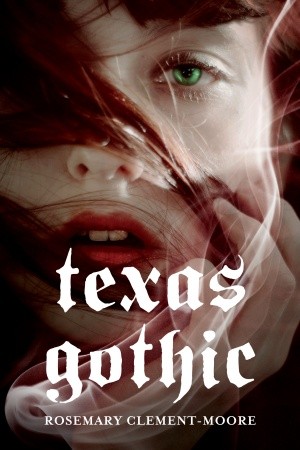 |
“The goat was in the tree again. I hadn’t even known goats could climb trees. I had been livestock-sitting for three days before I’d figured out how the darned things kept getting out of their pen. Then one day I’d glanced out an upstairs window and seen Taco and Gordita, the ringleaders of the herd, trip-trip-tripping onto one of the low branches extending over the fence that separated their enclosure from the yard around Aunt Hyacinth’s century-old farmhouse.” | |
10. The Frangipani Hotel by Violet Kupersmith |
||
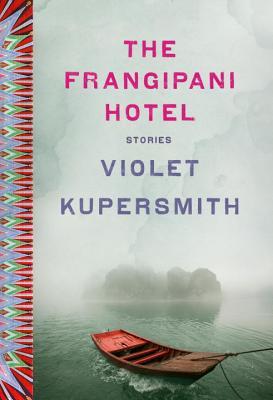 |
“The only photograph I have of my father doesn’t show his face. He and his two brothers stand with their backs to the camera before their father’s grave on a sunny day in April 1973. My grandfather was killed when a building collapsed during the bombings that December, and the incense on top of his tomb—just visible over my uncle’s right shoulder—is almost all burned down. All three of the brothers are wearing their traditional silk jackets and trousers, but the trousers are white and don’t show up well because of the brightness of the sun and the pale marble of the cemetery all around them. It tricks my eyes whenever I look at it—for a moment I always think they are floating.” | |
For more information about our 2014 conference, including the programming presented that year, please see our 2014 archive page.







Connect with the Sirens community
Sign up for the Sirens newsletter